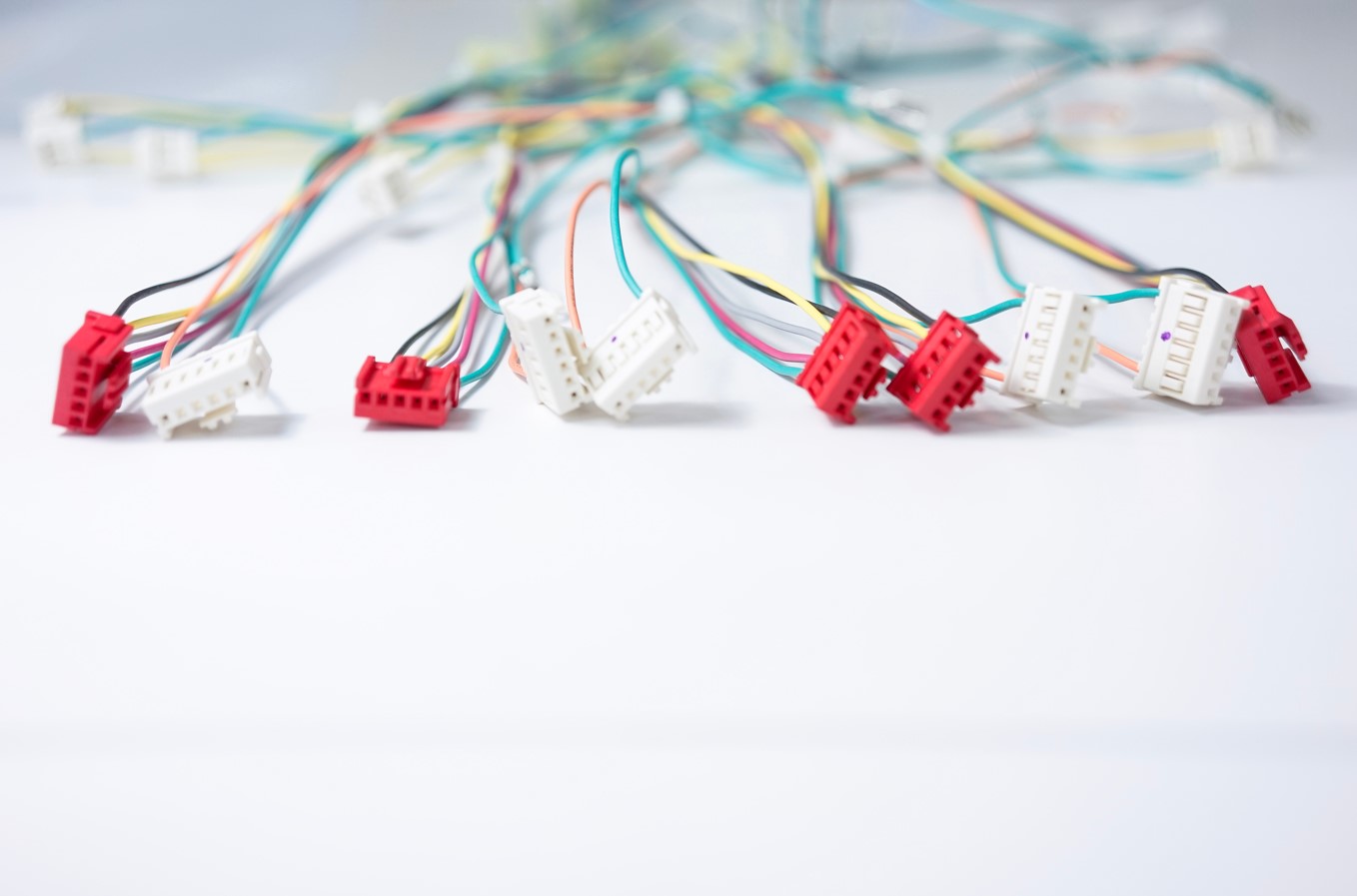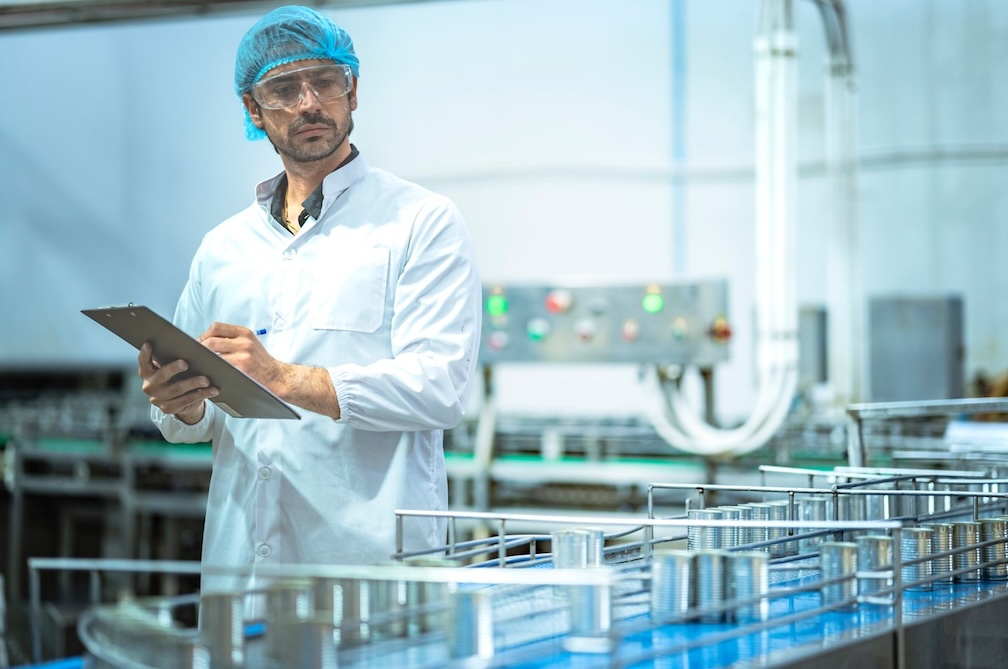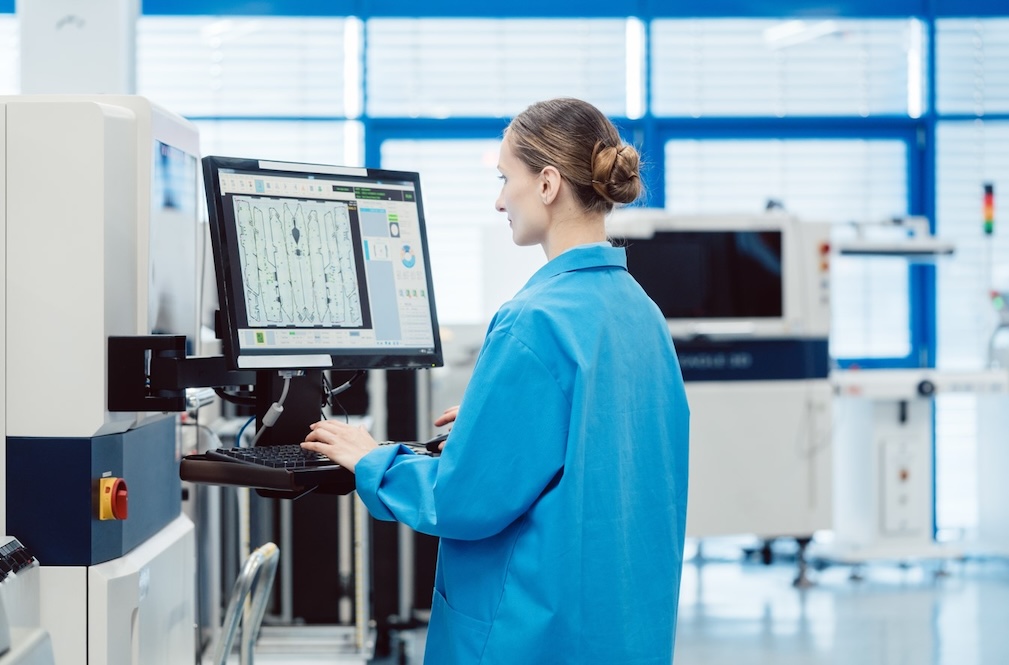Cable harrness production: the basis for future technologies

Cable harness production is more than just one process among many, this process breathes life into electronic devices by connecting the necessary components to function as efficiently as possible. The production of cable harnesses requires great diligence and attention, often needing to meet unique demands. What do you need to know about the cable harness production process? We've summarized it in this blog post!
Nowadays, the cost effectiveness of manufacturing processes and the efficient operation of cables are crucial. The significance of cable harnesses is undeniable. They play an indispensable role, for example, in the automotive industry, where the precise routing of cables is essential. They also serve an important function at home, particularly with electronic devices where space saving and efficient energy use are the goals.
From the design phase to the final product, the careful production of cable harnesses involves critical decisions that can determine the final quality and functional efficiency of the product. Beyond cost-effective design and production, the durability and reliability of cable harness production are of utmost importance, fundamentally influencing the market success of the product.
Thanks to modern technologies, it's now not just about cleverly hiding cable bundles from the user's view. These systems bring life to smart homes, modernize the automotive industry, and enable the innovations that make our daily lives and industrial processes easier. Cable harness production is an essential process that provides a solid foundation for the technologies of the future.
What is a cable harness?
Before diving into the depths of cable harness production, let's first understand what exactly a cable harness is and the journey it takes from an initial idea to a complex tool for use.
A cable harness is essentially a bundle of electrical wires designed to serve multiple functions simultaneously. This means it not only contains the wires but also organizes them systematically, according to a predetermined wiring diagram, into one composite product. Its purpose is simple: to transmit power, signals, or data from one point to another as efficiently and safely as possible.
From an inspection standpoint, the creation of a cable harness is critically important as every single wire must meet strict quality requirements since each plays a vital role. The correct configuration according to the wiring diagram ensures that the product operates flawlessly during its final testing.
Their prevalence in the industry
Today, the use of cable harnesses is virtually ubiquitous wherever automation and electrical needs come to the fore. They play a particularly significant role in the automotive industry, where they are indispensable for operating the increasingly complex electrical systems of modern vehicles.
With the spread of automation, the demand for cable harnesses has soared. These wire bundles enable the rapid, efficient, and highly reliable transmission of data and power to the necessary locations.
The automotive industry poses unique challenges for cable harnesses, as reliability is critical, but so are resistance to shock and vibration, as well as longevity. An average modern passenger car contains several kilometers of wiring, amounting to dozens of bundles. Without their optimal arrangement and safe installation, vehicles could not meet today's high technological and safety standards.
Cable harness production
The process of cable harness production is both an art and a science, where precise planning, strict manufacturing processes, and thorough inspection steps are the foundation of success. It all starts with the design phase, where everything begins with a detailed assessment of specific needs. Engineers then put the technical specifications on paper, considering manufacturability and the final application requirements of the product. During this phase, the design points are focused on functionality, efficiency, and cost-effectiveness.
Following the design phase is manufacturing, where acquiring materials is just the first step. The techniques for producing cable harnesses vary depending on the type of cable harness in question. During the production of every single cable harness, engineers and technicians work closely together to ensure compliance with design specifications.
To ensure quality, the manufacturing process is followed by strict inspection and testing steps. The laboratory tests include electrical testing, which is essential for determining whether cable harnesses meet the specified standards. For instance, they check for cable breakage, short circuits, and polarity reversal. Pull Out Force Measurement and analyzing the crimp abrasion patterns are additional critical tests that assess the quality of the crimping. These examinations guarantee that every cable harness leaving the production line will perform adequately in the real world.
Through this rigorous control of the manufacturing process, it is ensured that the cable harnesses operate flawlessly, minimizing the chance of error.
Cable harness production with ProDSP
At ProDSP, we are well aware of the crucial role every single cable harness we manufacture plays in our clients' successes. We offer customized solutions tailored to meet unique needs, whether it involves the most complex systems or a simpler set of cables. From procuring materials to production and through to inspection, we oversee every step.
ProDSP's team of engineers works continuously to ensure our cable harnesses not only meet but exceed expectations. This is why we pay close attention to manufacturability and testing during the design phase, guaranteeing our clients receive only the highest quality products. At ProDSP, cable harness production is synonymous with quality, innovation, and reliability.



